Top Class Actions’s website and social media posts use affiliate links. If you make a purchase using such links, we may receive a commission, but it will not result in any additional charges to you. Please review our Affiliate Link Disclosure for more information.
A new category of smartphone applications tap into high tech software to trigger exposure alerts to users when they are near to other users diagnosed with COVID-19.
The apps began to emerge in August as a means of putting technology to use in the fight against the spread of the coronavirus. As of this week, 15 states, the District of Columbia, and the territory of Guam have active exposure alerts systems up and running while another three at least are reportedly in the process of testing or developing them, according to The Washington Post.
Enabled by software developed by Google to work with Android phones and Apple to work with iPhones, the coronavirus apps use the geographical location features in the phones using them. The key to their success is widespread use and self-reporting.
Each user’s app is constantly scanning a set radius around the user for other smartphones – and presumably their owners – equipped with the app and checking those to see who has self-reported as having contracted the virus.
Designers and officials from the states that are using the exposure alerts apps say the process is anonymous. The programs use Bluetooth technology to transmit and read geographical locations, but the apps don’t store users’ locations or disclose the identity of unwilling users.
According to a report published by the National Public Radio station in the Philadelphia region, WHYY, Pennsylvania and Delaware are among the 15 states working with the Association of Public Health Laboratories to use an application that will work across state lines. Their versions of the exposure alerts app works by sending out unique “chirps” that other phones with the app can “hear.”
The “chirps” cannot be used to identify the smartphone, or user, they come from and they are programmed to change every 10 to 20 minutes to add a further layer of privacy protection.
Users who test positive for COVID-19 report that in their app. Then the app automatically reviews its history and uploads each of the unique “chirps” it sent out in the previous 14 days, making that information available – anonymously – to all of the other app users.
If the other users accept the constantly updated information, their smartphones can continuously cross-reference it to determine if there’s been any close contact – defined as being within six feet from someone for 15 minutes or more. If there has, the app sends exposure alerts to the user.
The first of the coronavirus tracing apps, called COVIDWISE, was launched in Virginia in August.
“We know people are contagious before they show symptoms,” Virginia Gov. Ralph Northam said at a news conference announcing it. “This can really help us catch new cases early before they spread as far.”
The following states now have active COVID-19 tracking apps available for both iPhone and Android smartphones:
- Alabama, GuideSafe
- Colorado, Exposure Notifications
- Connecticut, COVID Alert CT
- Delaware, COVID Alert DE
- Hawaii, AlohaSafe Alert
- Maryland, COVID Link
- Michigan, MI COVID Alert
- Nevada, COVID Trace
- New Jersey, COVID Alert NJ
- New York, COVID Alert NY
- North Carolina, SlowCOVIDNC
- North Dakota, Care19
- Pennsylvania, COVID Alert Pa
- Virginia, COVIDWISE
- Washington D.C., DC Can
- Wyoming, Care 19 Alert
- Guam, Guam COVID Alert
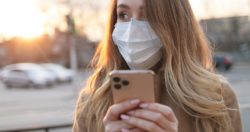
The University of Arizona has also launched its own version, COVIDWatch.
Additionally, Oregon and Washington are developing similar apps.
App designers and state officials are trying to tamp down concerns about the privacy of the COVID-19 exposure alerts apps given the fact that some people have taken issue with standard contact tracing for the virus.
In fact, more than 1,300 people are participating in a class action lawsuit against the state of Texas in an attempt to stop its contact tracing.
Since the early days of the coronavirus pandemic, public health officials have said contact tracing is a highly effective tool in containing the spread of COVID-19. Tracing involves contacting everyone that a person diagnosed with the virus has been in close contact within the two weeks prior to diagnosis and informing them of their exposure.
The group suing in Texas claims the state’s contact tracing violates their First, Fourth and 14th amendment rights and refers to the practice as “unjustified interference.”
Do you use a COVID-19 app that send you exposure alerts? Tell us about it in the comment section below.
Coronavirus Lawsuits & Legal Issues
Since the COVID pandemic shut down the country, Top Class Actions has been keeping you up to date on the latest Coronavirus lawsuits and legal issues.
ATTORNEY ADVERTISING
Top Class Actions is a Proud Member of the American Bar Association
LEGAL INFORMATION IS NOT LEGAL ADVICE
Top Class Actions Legal Statement
©2008 – 2024 Top Class Actions® LLC
Various Trademarks held by their respective owners
This website is not intended for viewing or usage by European Union citizens.


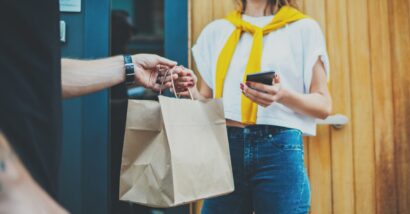
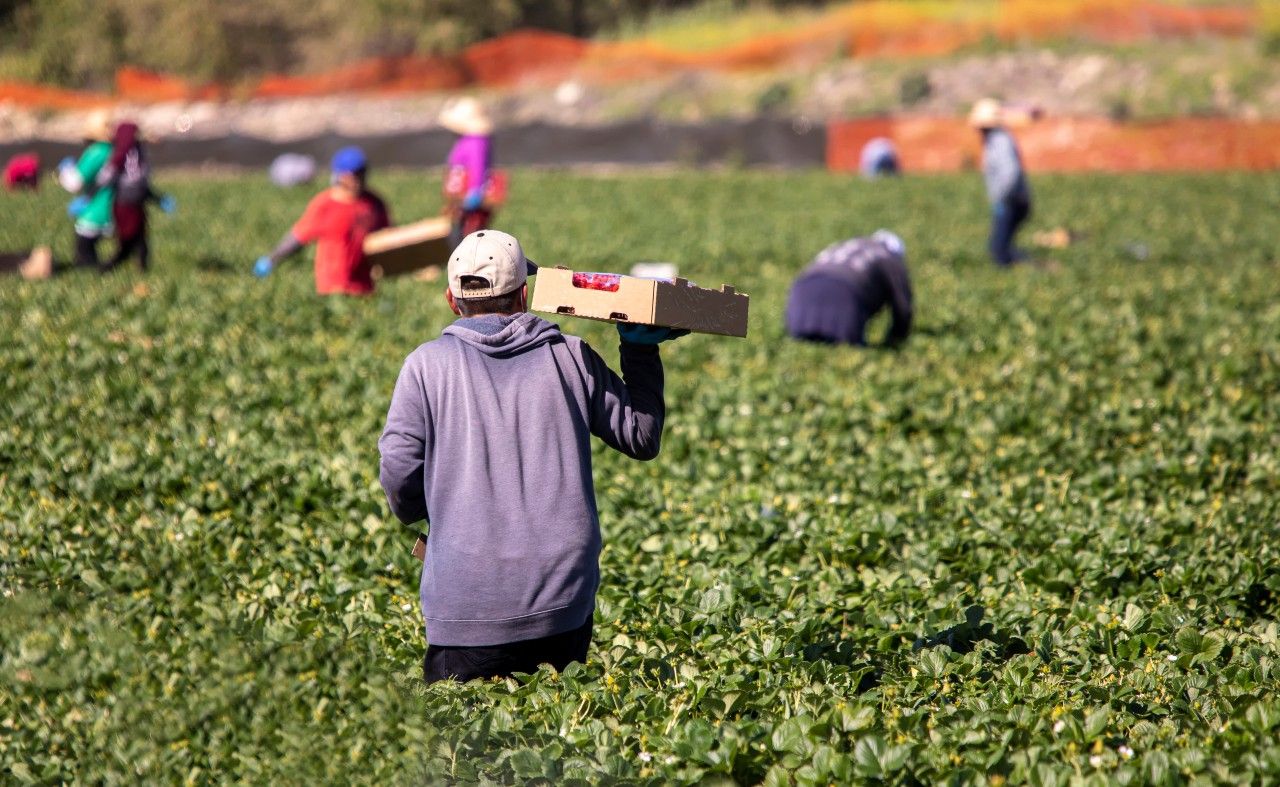
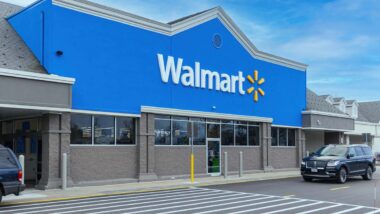

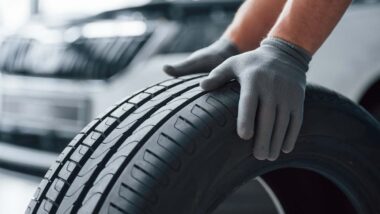
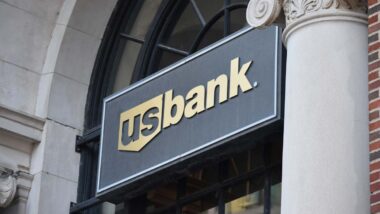
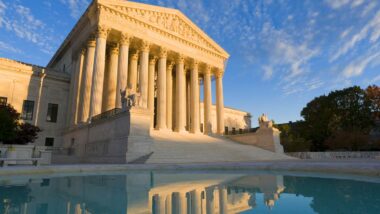


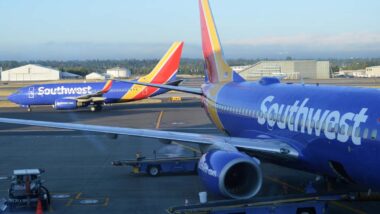



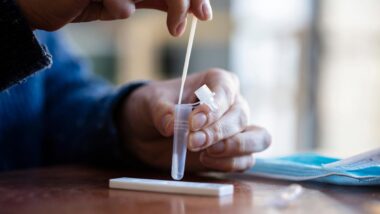
15 thoughts onSmartphone Apps Can Send COVID-19 Exposure Alerts to Users
I have not received any alerts but I do use an app.
Please add my name to the list
add me
COVIDWISE – VIRGINIA
I haven’t received any alerts since the app was downloaded to my phone in August. I have to be extremely cautious because I have severe Asthma.
Add me
Add me please